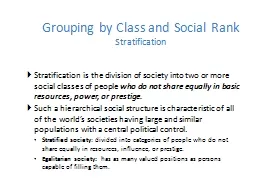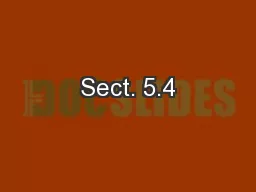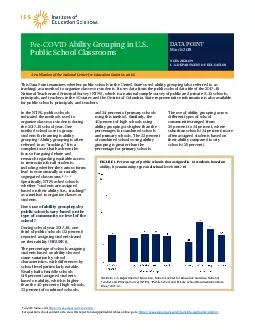PPT-Grouping by Class and Social Rank
Author : liane-varnes | Published Date : 2016-07-21
Stratification Stratification is the division of society into two or more social classes of people who do not share equally in basic resources power or prestige
Presentation Embed Code
Download Presentation
Download Presentation The PPT/PDF document "Grouping by Class and Social Rank" is the property of its rightful owner. Permission is granted to download and print the materials on this website for personal, non-commercial use only, and to display it on your personal computer provided you do not modify the materials and that you retain all copyright notices contained in the materials. By downloading content from our website, you accept the terms of this agreement.
Grouping by Class and Social Rank: Transcript
Download Rules Of Document
"Grouping by Class and Social Rank"The content belongs to its owner. You may download and print it for personal use, without modification, and keep all copyright notices. By downloading, you agree to these terms.
Related Documents














